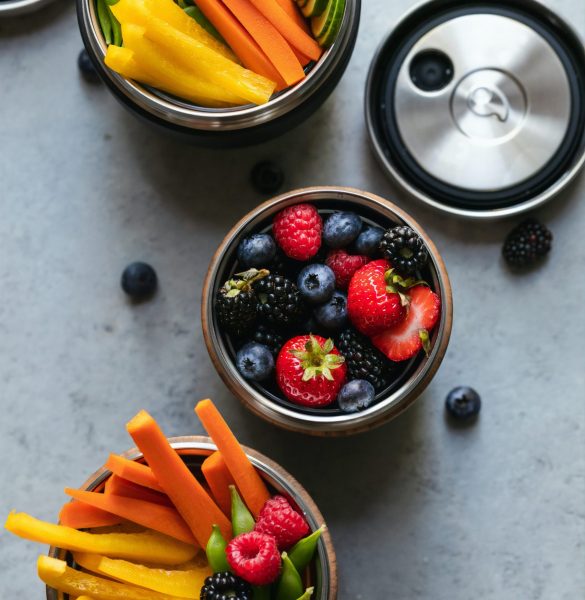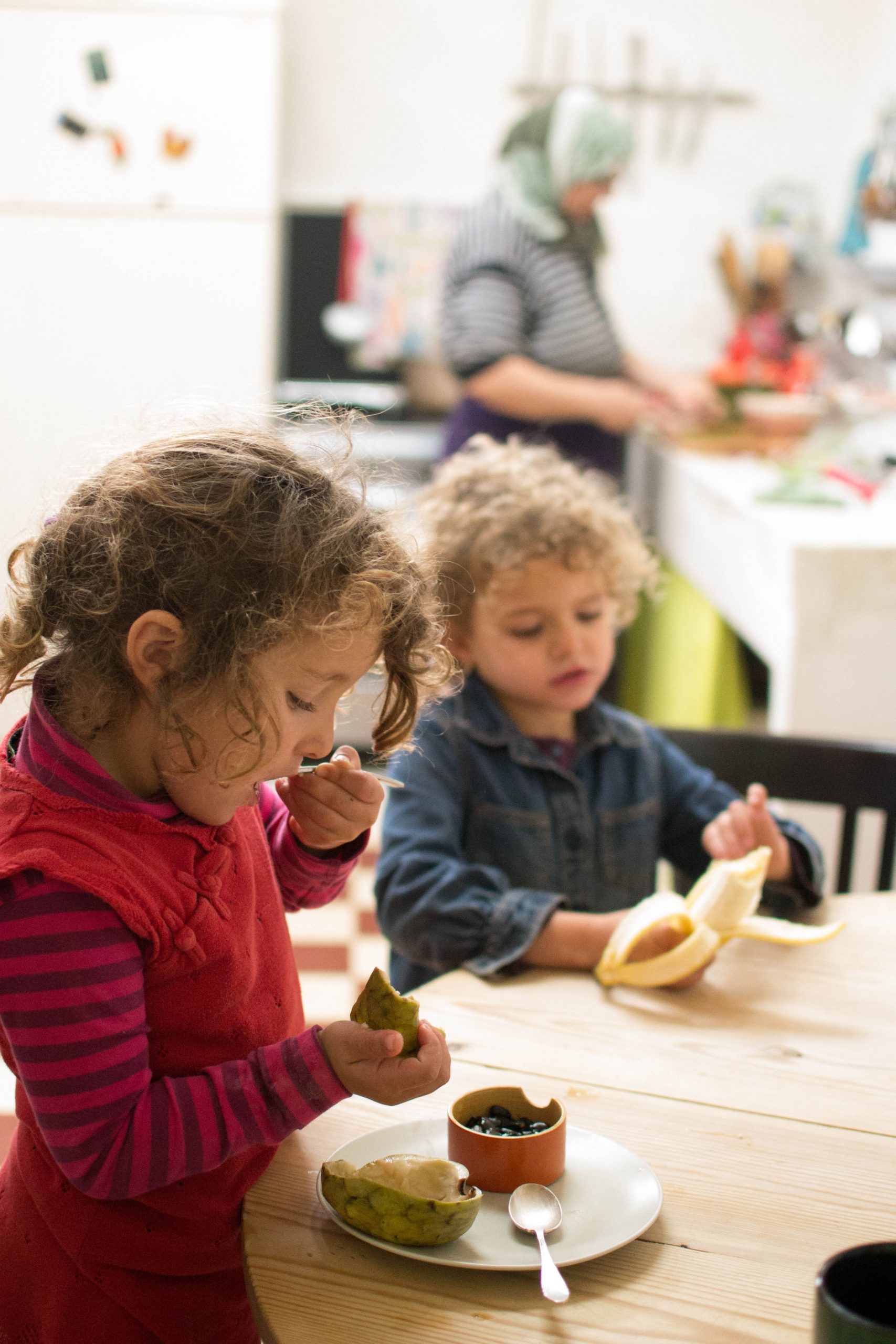A Gentle Approach to Eating – PROJECT MUNCH #8 Munch Times

Nutritional Therapist Sophie Tyner, from Grow Nutrition is passionate about empowering parents to raise happy, healthy and resilient kids supported by their food choices. She applies a gentle approach, sharing experiences and engaging all of a child’s senses when exploring accessible, affordable, REAL foods that will give them a head start in life.
Snacks play an important role in fuelling your child’s day as well as supporting their health, wellbeing and mood. Providing access to healthy go-to foods when your child experiences the munchies early on in their development is key. Laying the foundations of your child’s expectations and connections around snacks requires a creative approach, if your child has already developed habits you may need to be flexible in your approach, with a gradual adjustment of alternative choices to fill them up for longer and provide more nourishment.
Grow Nutrition’s gentle approach to children’s eating always begins with considering your own snack choices, are they chosen for ease and convenience, flavour, portability when out and about, to meet a sweet fix etc? When you think about the choices you make when reaching for a snack consider whether you are being a good role model for your child? You may want to make small changes to your own eating habits as your child observes and learns so much from what they see you doing.


What should, you be looking for in a snack? Ideally to support their little bodies aim to give snacks that include protein, healthy fats and fibre. This supports their digestive system, keeps them focused and supports their growth. It can be easy to fall into the trap of giving the same snack on a regular basis as we function on routine and predictability, however, let’s be mindful of the variety of vitamins and minerals our bodies require to function effectively. If we have a child who has a limited diet at mealtimes snacking can be a good way to increase variety and fresh foods when there is resistance at the table. Take the pressure off by making it fun and create new recipes together to see what your favourite go-to snack foods are.
When your child is little establish routines that you want to carry on, for example, carrot sticks on your walk to the park rather than a packet of sweets. If your child is already in a routine of choosing less healthy snacks make small adjustments by providing their existing snack and gradually reduce the quantity alongside new alternatives to accompany their familiar snack. It’s all about making small, gradual changes to support their new food connections.
It also isn’t just about which snack to choose but also the amount, an easy way is to check out the size of your child’s hands to work out what is the right amount at meals and snack times. Aim for a palm-sized protein-based snack, fresh fruit and berries should fit within a cupped hand and two cupped hands together for fresh or cooked vegetables.
Snacks do not have to be homemade, however, if shop bought for convenience check out the colour traffic lights on the packaging, steer away from foods with red labelling. If sweet treats aim for foods close to 6g of sugar per 100g. If unsure of what is a suitable snack to purchase try to look for foods that are in their most natural state or better still simple alternatives that are quick to prepare are vegetable crudities and pitta bread with dips such as hummus or salsa, naturally sweetened flapjacks using banana or raisins, or use nut butters or cocoa powder in a fruit and milk smoothie with a handful of greens, try adding courgette for a creamy taste. If your child has allergies or intolerances to foods you may have to allow more time to prepare snacks or you may need to vary batch bakes to ensure variety and flavour.
The good thing is there isn’t a right or wrong food that should be consumed as a snack. Think fresh, colourful, make them varied and aim for lots of flavours and you can’t go wrong. Gently shape your child’s health one snack at a time




